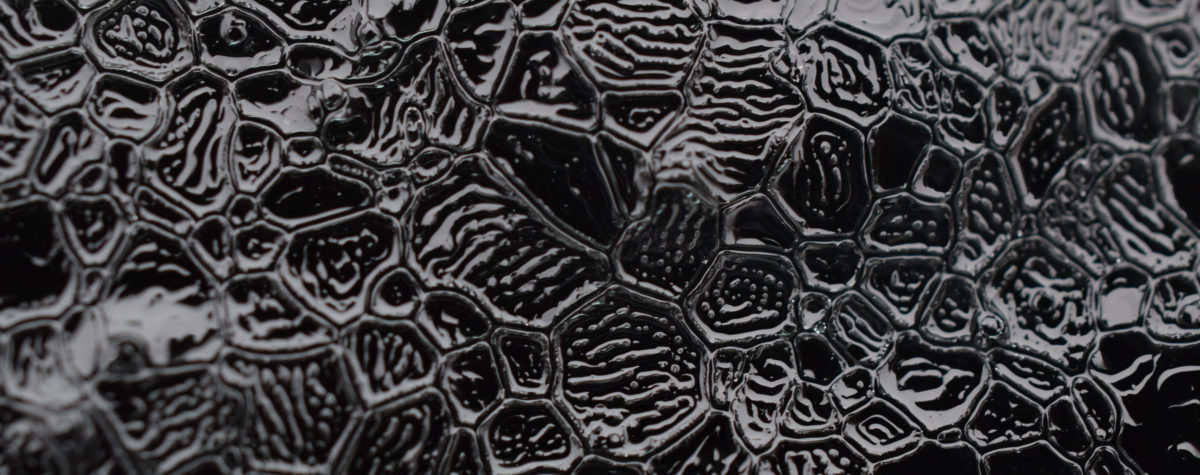
Back in the woods right now, the witch hazel plants have already shed their leaves for the winter. The plants would be bare now, except for all the flowers on them. Witch hazel is the only plant I know of that does this. The chrysanthemums and wild arugula are still flowering, but they still have leaves, and when they are done, they will die back to the roots for winter. I first noticed the witch hazel in the November after moving here. It was unexpected to see a flowering shrub in the mostly leafless, dormant woods like that, and it caught my attention. I was able to identify it easily and quickly; besides flowering at a very unusual time, its flowers were very unusual and distinctive looking. The only problem was that everything I had identified it by had to do with the flowers. Would I still be able to tell which one it was in the spring? I was curious to see what the leaves looked like, but I would have to wait several months without forgetting where it was. (These days I suppose I would probably just look something like that up, but at the time I wasn’t very experienced with that sort of thing.) I did notice that the tips of the twigs had a sort of zigzag shape where the leaves had been attached and I used that characteristic to identify several more of them in the middle of winter. By spring I still knew which plants were the witch hazels, and got to know what their leaves looked like. Later, when we planted hazelnut bushes, I realized where the ‘hazel’ part of the witch hazel’s name came from: the leaves of the hazelnuts looked almost identical.
The unusual flowering habits of witch hazels do bring up a question, though. What pollinates a plant that routinely flowers in November? Not surprisingly, I am not the first person to wonder about that. It is obviously an insect pollinated plant, but it blooms when there don’t seem to be insects around. And, as it turns out, its pollinator is also nocturnal, so you aren’t likely to see anything pollinating it. It is pollinated by an exceptionally cold hardy moth, which shivers to warm itself on the cold nights when it is active, similarly to the way that honey bees keep each other warm in the winter. Here is a link to an article that explains more about that: https://www.venerabletrees.org/winter-sex-witchhazel/


Another fascinating article, Brennah. I ALWAYS learn something interesting and useful. (And hear your voice when I read, which makes it special.) 💛🐝💛
Love your blog. Look forward to more observations, well done Brennah!
I got what you intend,bookmarked, very nice website .